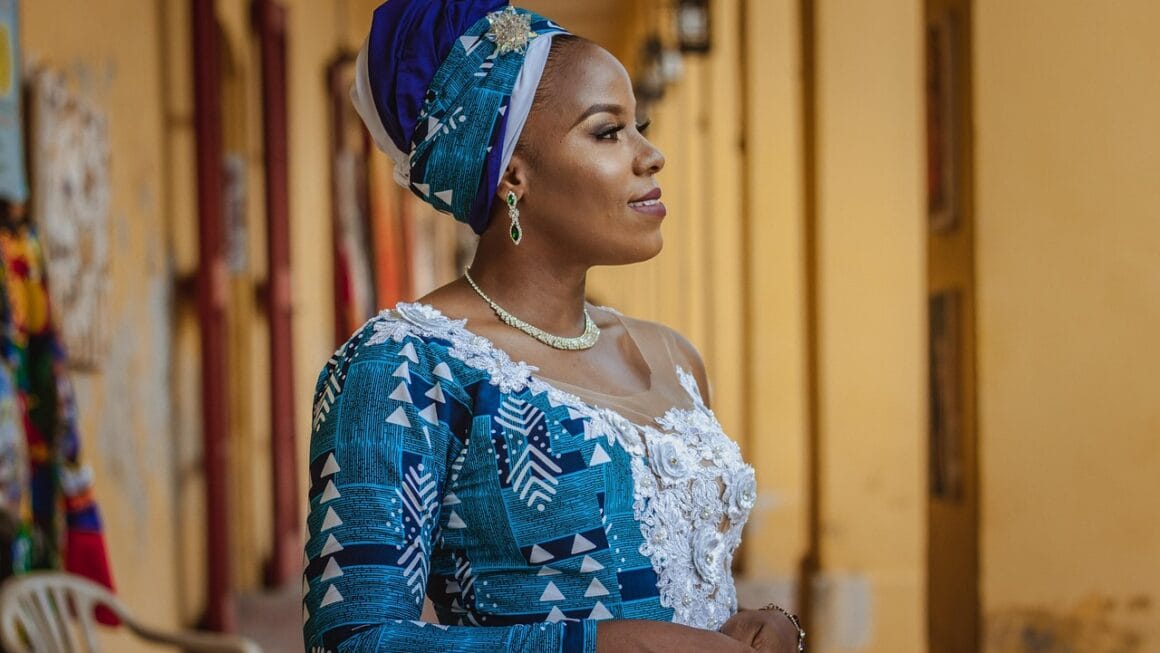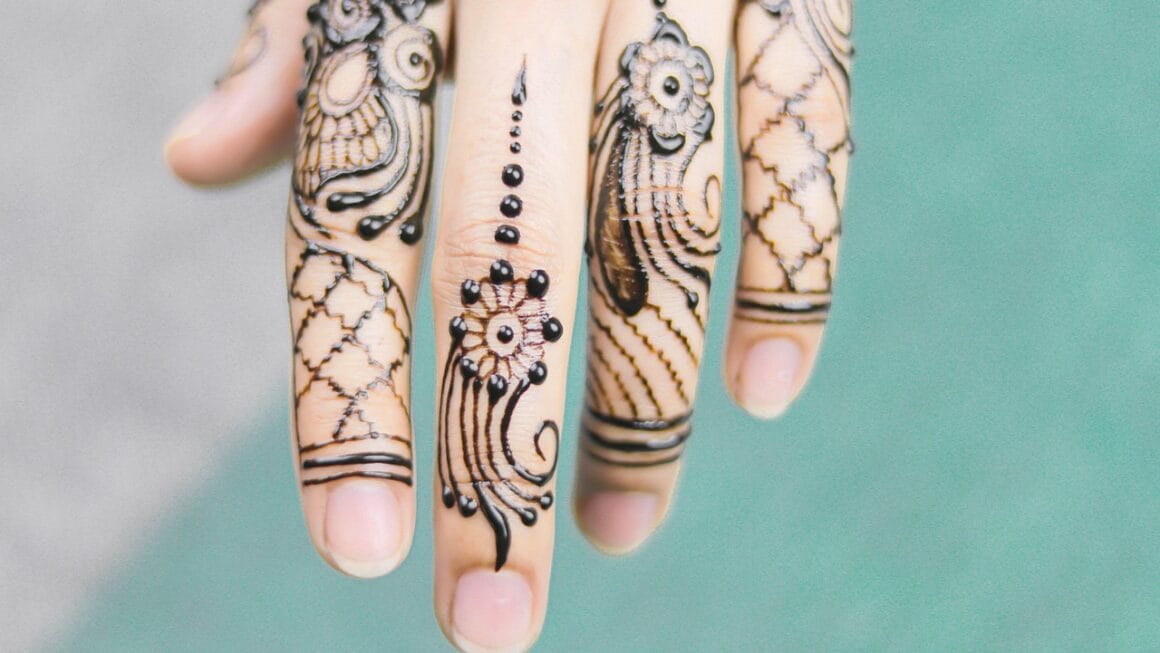Indigenous cultures represent a wealth of human history, knowledge, and traditions, often deeply intertwined with the natural world. Understanding and appreciating these cultures is crucial for fostering respect, promoting inclusivity, and preserving invaluable aspects of our shared heritage. This blog post delves into various facets of indigenous culture, exploring its significance, challenges, and ways to support its continuation.
What Defines Indigenous Culture?
Indigenous culture encompasses the distinct traditions, beliefs, languages, arts, and social structures of the original inhabitants of a particular region. These cultures have often developed over centuries, adapting to their environments and creating unique ways of life.
Characteristics of Indigenous Cultures
- Connection to Land: A profound spiritual and practical connection to the land, viewing it not just as a resource but as integral to their identity and well-being.
- Oral Traditions: Reliance on oral traditions for transmitting knowledge, history, and cultural values across generations. This often includes storytelling, songs, and rituals.
- Community-Based Societies: Emphasis on communal living, cooperation, and shared responsibilities rather than individualistic pursuits.
- Traditional Knowledge: Deep understanding of local ecosystems, sustainable practices, and traditional medicine.
- Unique Art Forms: Distinctive art forms, including weaving, carving, painting, music, and dance, often imbued with symbolic meanings.
Examples of Indigenous Cultures Worldwide
- Aboriginal Australians: Possessing the oldest continuous living culture on Earth, with rich traditions of Dreamtime stories, dot painting, and didgeridoo music.
- Native Americans: Diverse tribes across North America, each with unique languages, ceremonies, and crafts, such as Navajo weaving and Hopi pottery.
- Maori of New Zealand: Known for their intricate wood carvings, powerful haka dances, and strong emphasis on kinship and respect for ancestors.
- Sami of Scandinavia: Indigenous to the Arctic region, with a deep connection to reindeer herding, traditional clothing, and unique musical traditions (Joik).
The Importance of Preserving Indigenous Cultures
Preserving indigenous cultures is essential not only for respecting human diversity but also for safeguarding invaluable knowledge and insights that can benefit all of humanity.
Benefits of Cultural Preservation
- Protecting Traditional Knowledge: Indigenous communities possess vast knowledge of medicinal plants, sustainable farming practices, and climate change adaptation strategies. For instance, many indigenous communities have developed drought-resistant crops long before modern agricultural techniques were available.
- Promoting Biodiversity Conservation: Indigenous stewardship of land often leads to greater biodiversity and healthier ecosystems. Studies have shown that areas managed by indigenous communities often have higher levels of species richness compared to non-indigenous managed lands.
- Strengthening Cultural Identity: Preserving cultural heritage helps indigenous people maintain their sense of identity, pride, and connection to their ancestors. This can be particularly important for younger generations.
- Contributing to Global Understanding: Indigenous cultures offer unique perspectives on life, spirituality, and the relationship between humans and nature, enriching our collective understanding of the world.
Challenges to Cultural Preservation
- Assimilation Policies: Historically, many indigenous communities have faced forced assimilation policies that aimed to suppress their languages, religions, and cultural practices.
- Land Loss and Displacement: Loss of ancestral lands due to colonization, resource extraction, and development projects threatens indigenous livelihoods and cultural survival.
- Discrimination and Marginalization: Indigenous people often face systemic discrimination in areas such as education, healthcare, and employment.
- Cultural Appropriation: The unauthorized and often disrespectful adoption of indigenous cultural elements by non-indigenous people. This can devalue cultural symbols and practices.
Supporting Indigenous Communities
Supporting indigenous communities requires a multifaceted approach that respects their self-determination and promotes their well-being.
Ways to Show Support
- Educate Yourself: Learn about the history, culture, and current issues facing indigenous peoples in your region and around the world. Look for books, documentaries, and websites created by indigenous people themselves.
- Support Indigenous Businesses: Purchase products and services from indigenous-owned businesses, ensuring that your money directly benefits their communities. Look for certifications that verify indigenous ownership.
- Advocate for Indigenous Rights: Support policies and initiatives that protect indigenous land rights, promote cultural preservation, and address systemic discrimination. Contact your elected officials and express your support.
- Respect Cultural Protocols: When interacting with indigenous communities, be mindful of cultural protocols and customs. Seek guidance from local leaders on appropriate behavior.
- Donate to Indigenous Organizations: Support organizations that work to empower indigenous communities, preserve their cultures, and advocate for their rights.
Practical Examples of Support in Action
- Supporting Indigenous Language Revitalization: Many organizations are working to revitalize indigenous languages through language nests, immersion programs, and online resources. Donations can help fund these programs.
- Promoting Sustainable Indigenous Tourism: Engaging in tourism that is owned and operated by indigenous communities helps to support their economic development while preserving their cultural heritage.
- Advocating for Indigenous Land Rights: Supporting legal challenges to protect indigenous land rights from resource extraction and development projects.
Indigenous Arts and Crafts: A Window into Culture
Indigenous arts and crafts are not merely decorative; they are powerful expressions of cultural identity, history, and spirituality.
Different Forms of Art and Craft
- Weaving: Using natural fibers to create textiles, baskets, and clothing, often incorporating intricate patterns and symbolic designs. Navajo weaving is a prime example, with each design telling a story.
- Carving: Sculpting wood, stone, or bone to create masks, totems, and other ceremonial objects. Maori wood carvings are renowned for their detailed craftsmanship and symbolic significance.
- Pottery: Shaping clay into vessels and other objects, often decorated with traditional motifs. Hopi pottery is known for its intricate designs and use of natural pigments.
- Painting: Using pigments to create artwork on canvas, rock, or other surfaces, often depicting stories, landscapes, or spiritual beings. Aboriginal dot painting is a unique art form that uses dots to create complex designs.
- Jewelry Making: Creating adornments from materials such as shells, beads, stones, and metals, often imbued with symbolic meaning.
Ethical Considerations When Purchasing Indigenous Art
- Authenticity: Ensure that the artwork is genuinely made by indigenous artisans, not mass-produced imitations.
- Fair Trade: Purchase art from reputable sources that ensure fair compensation for the artisans.
- Cultural Sensitivity: Avoid purchasing items that are sacred or ceremonial objects unless you have been given permission by the community.
- Respect for Intellectual Property: Be aware of copyright laws and avoid reproducing or distributing indigenous artwork without permission.
Conclusion
Indigenous cultures are a vital part of our shared human heritage. By understanding, respecting, and supporting these cultures, we can contribute to a more inclusive, equitable, and sustainable world. Let us all commit to learning more about indigenous peoples, advocating for their rights, and celebrating their rich traditions.




